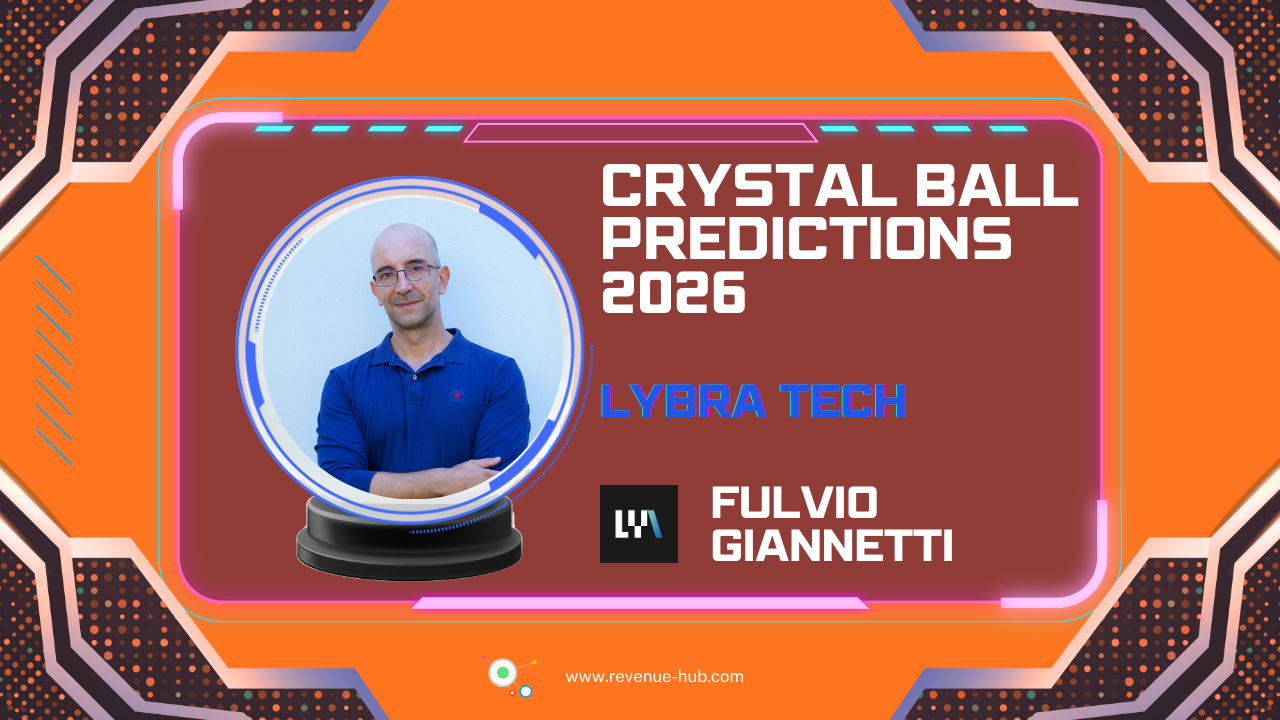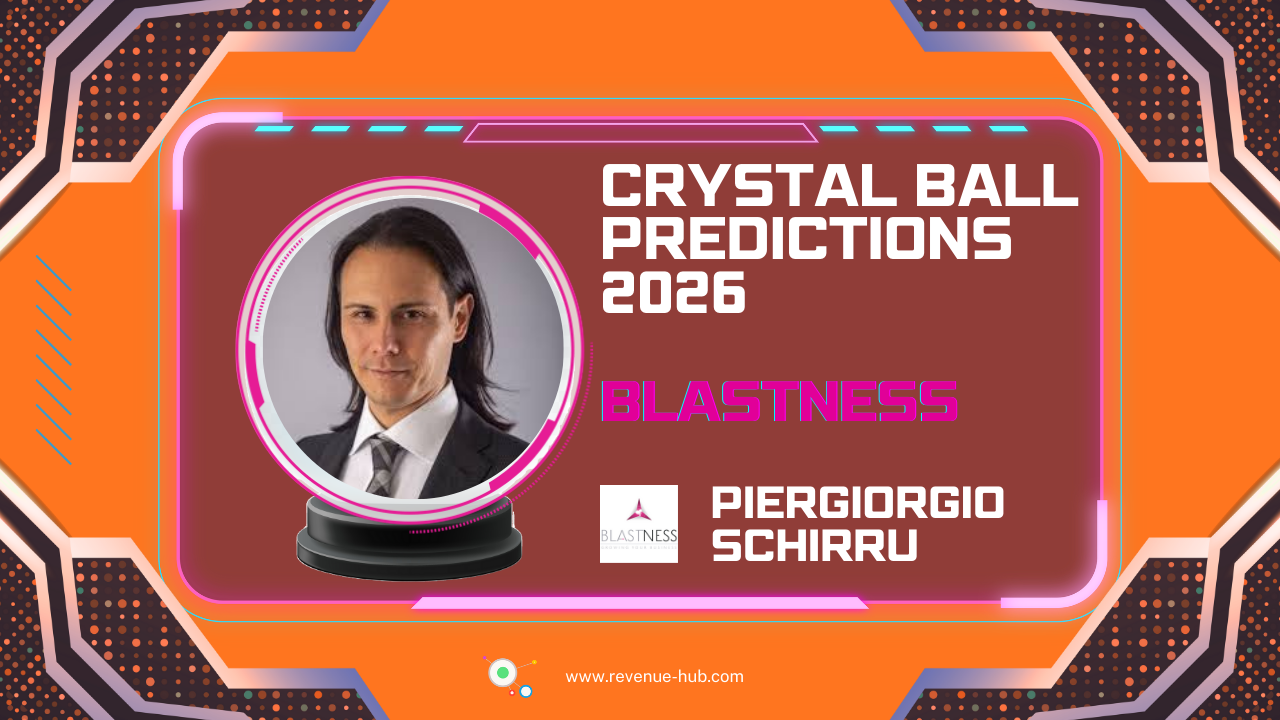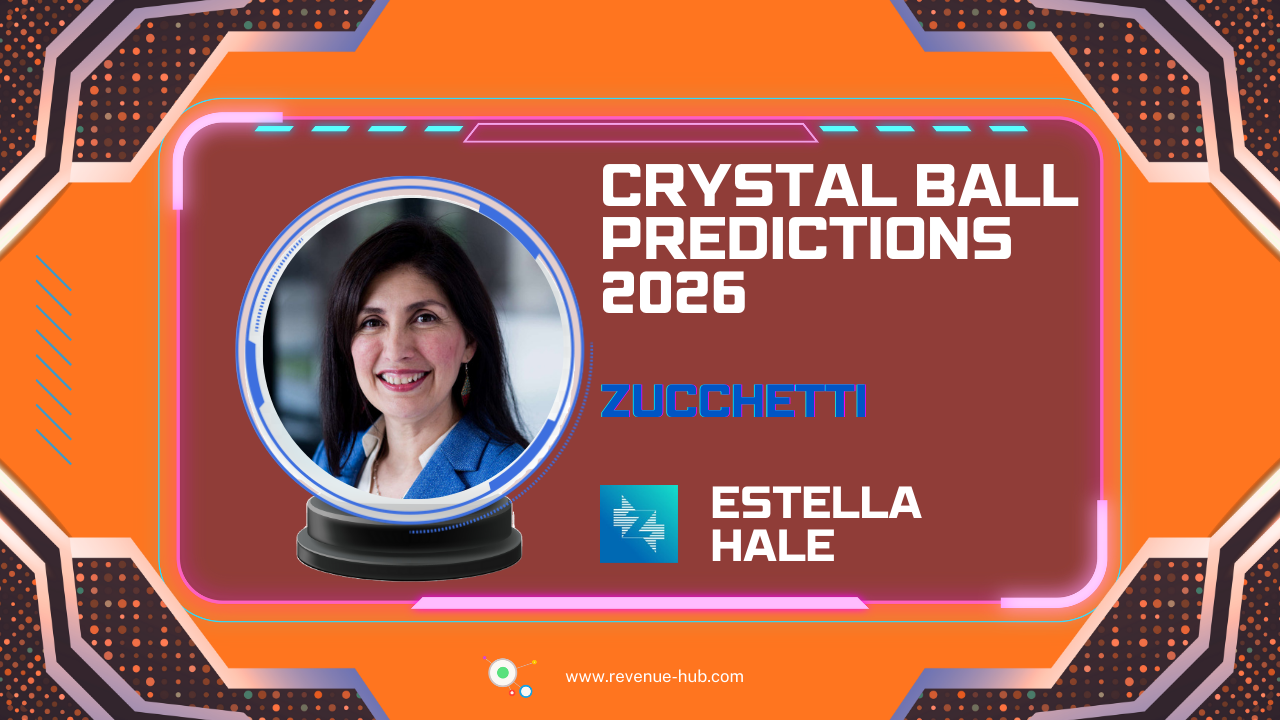
Every hotelier dreams of high occupancy, steady revenue, and a thriving business year-round. And if you ask, they’ll all agree – demand generation is the key to success.
NB: This is an article from Amadeus
Subscribe to our weekly newsletter and stay up to date
But here’s the catch: while it’s easy to talk about, not everyone truly understands what it means, let alone how to do it right. Some mistake it for just another buzzword, while others misuse it completely, focusing on short-term wins instead of building sustainable demand.
So, is demand generation a game-changer or just another industry fad? The answer lies in how you approach it. In this article, we’ll break down what demand generation really is, the common challenges hotels face in getting it right, and most importantly, how to make it work for your business. Let’s dive in!
Going beyond leads
Traditional lead generation methods, like cold calls, mass email blasts, and third-party bookings, serve a purpose. These tactics may attract guests quickly, resulting in a spike in short-term bookings, but they often lack focus on encouraging repeat visits and revenue growth, leaving hotels scrambling to keep up momentum. To stay ahead, hotels must connect with guests before they book and nurture that relationship well beyond their stay – turning one-time visitors into loyal customers.
Demand generation flips the script. Rather than just chasing leads, demand generation is about building ongoing interest and awareness through relevant, personalized content. It’s a powerful, full-funnel strategy designed not only to capture attention but also to nurture relationships over time, following five key stages at its core: understanding, attracting, engaging, converting, and retaining travelers.

For instance, hotels can drive demand by understanding guest behavior – what experiences different segments crave and what truly influences their decisions. By tapping into the right data, they can deliver timely, personalized offers – like an exclusive spa deal for relaxation-seekers or a hiking package for outdoor adventurers – right when potential guests are most likely to engage. According to the new Travel Dreams report by Amadeus, 52% of all travelers surveyed (and 66% of business travelers) are willing to share personal data in exchange for tailored deals. This strategy doesn’t just generate immediate bookings; it ensures that every action delivers real results and fosters long-term loyalty.
But personalization alone isn’t enough. Demand generation also means creating a seamless experience across multiple platforms – social media, email, websites, and even word of mouth. While ‘friends and family’ recommendations still lead (rising from 46% to 50% in five years), social media ads (23% to 33%) and travel influencers (20% to 29%) are rapidly gaining influence, especially among Gen Z. Nearly half (45%) of Gen Z travelers turn to social media for travel inspiration, with 42% influenced by travel creators.
By delivering the right content and offers at the right time, hotels not only drive immediate bookings but also build lasting relationships – turning guests into loyal advocates who return and socialize recommendations to fellow travelers.




